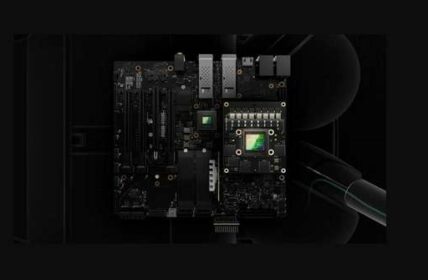Not only since Russia’s current war against Ukraine, it should be clear to every IoT enthusiast that Internet of Things technologies can also increasingly find use in military conflicts.
Table of Contents: What awaits you in this article
Russia’s: one of the world’s most advanced armies
While the entire world looks on in shock at cities destroyed by bombs, hundreds of thousands of people fleeing their homes, and huge military columns, many are quick to forget that Putin’s army is one of the most modern armies in the world. After the U.S. and China, the Kremlin spent $62 billion on its 2020 defense budget alone, the most to provide its troops with the latest technology.
Largest global nuclear power
So it is not particularly surprising when the world power USA has to admit that it has been mercilessly left behind by its former biggest competitor for global hegemony in at least one military area. Moscow’s power, which the Americans now like to regard as negligible and only regionally influential, has at least been enough to win the race for the world’s most powerful nuclear weapons.
Putin keeps letting everyone know that in the event of a nuclear war, there will currently be hardly any effective defenses against his 6255 always-ready nuclear missiles. He says that the technology is too advanced, mature and clearly superior to all other comparable systems for that.
Putin: AI market leader will become world ruler
Putin is reported to have once said that whoever dominates the market in terms of artificial intelligence will one day dominate the entire world. This may also explain his increased efforts to implement this technology in all of his weaponry. Russia is once again entering the ring with countries such as China, the United States, and Saudi Arabia, which are also seeking to expand their spheres of influence through this technology.
KU-BLA: Suicide drone in Syria war.
Russia has been testing drones in warfare long before the Ukraine invasion. The KU-BLA drone, developed by the Kalashnikov company, completed its first field tests in the Syrian civil war at the invitation of the government there. They were used here primarily to track down and eliminate terrorists. The unmanned aerial vehicles (UAVs) could be directed to the target using surveillance, radar and guidance systems, where they then self-destructed on the ground along with their targets.
Autonomous combat vehicles and AI missiles.
Another innovation in supporting the fighting units on the ground in Syria was the development of autonomous combat vehicles. Their uses ranged from reconnaissance, air defense, disarming explosives to killing opponents. Artificial intelligence also found its way onto the water. Personnel-free ships and networked submarines, for one, have been equipped with the aforementioned suicide drones.
They are supposed to be able to attack enemy ships and targets on land or support special forces in their work. In addition, since 2017, the Russian army has been working on AI-assisted missiles capable of independently changing their trajectories and targets in flight.














